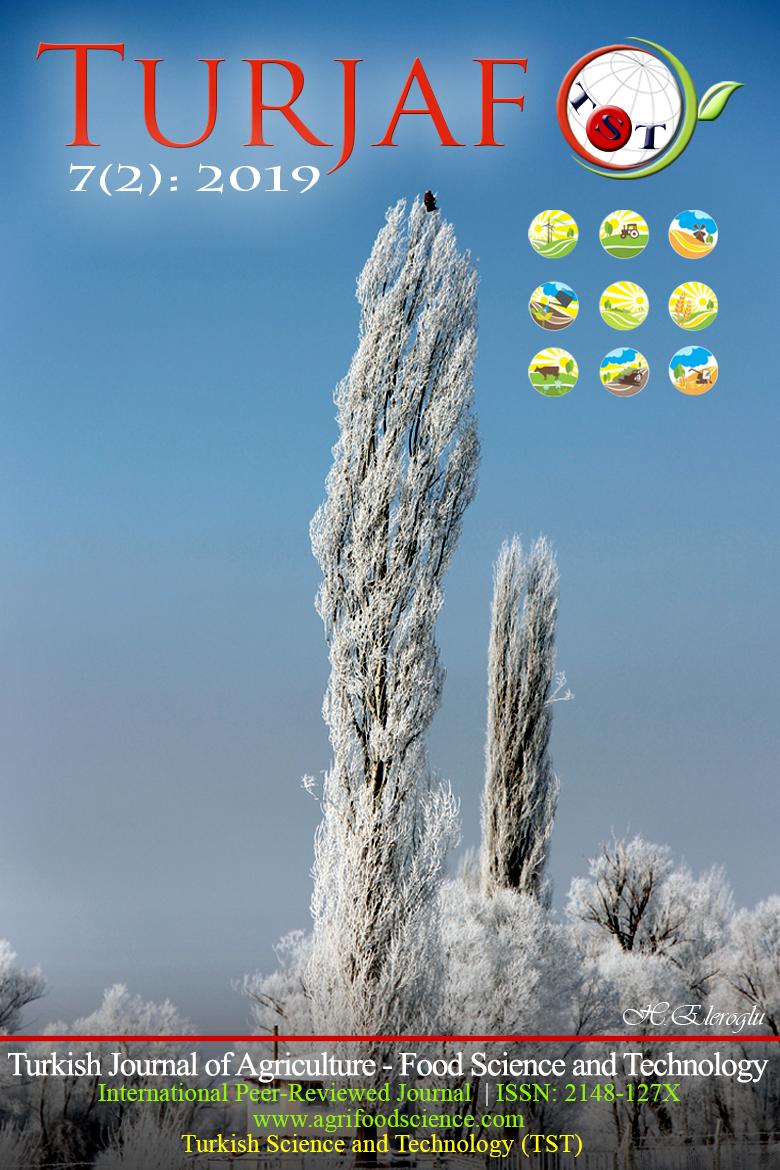The Optimum Plant Density for Vigorous Seed Production in Safflower
DOI:
https://doi.org/10.24925/turjaf.v7i2.301-305.2275Keywords:
Carthamus tinctorius L., row spacing, seeding rate, yield, seed vigorAbstract
Seed viability and vigor have been influenced by several factors including soil and climatic conditions, plant nutrition, fertilization, irrigation, plant population and post-harvest storages. The study was conducted to determine the appropriate plant density for vigorous seed production in safflower. The effects of row spacing (14 and 28 cm) and seeding rate (40, 80, 120, 160 and 200 seeds m-2) on yield, yield components and seed quality of safflower were detected in the study. The results showed that increased seeding rates resulted in enhanced seed yield and the highest seed yield was obtained from 14 cm and 200 seed m-2 with 3320 kg ha-1. The row spacing and seeding rate did not cause a significant difference in oil and protein contents. Laboratory emergence, germination after accelerated ageing (AA) and electrical conductivity tests were suitable for determining seed quality among the seed lots, while standard germination, cool and cold tests were not appropriate. The highest laboratory emergence percentage and germination after AA were determined in 80 seed m-2 but field emergence percentage in 120 seed m-2. It was concluded that the 14 cm row spacing and seeding rate of 120 seed m-2 should be advised for high yielding seed production regardless of seed vigor in safflower.Downloads
Published
24.02.2019
How to Cite
Özaşık, İsmail, Kaya, M. D., & Kulan, E. G. (2019). The Optimum Plant Density for Vigorous Seed Production in Safflower. Turkish Journal of Agriculture - Food Science and Technology, 7(2), 301–305. https://doi.org/10.24925/turjaf.v7i2.301-305.2275
Issue
Section
Research Paper
License
This work is licensed under a Creative Commons Attribution-NonCommercial 4.0 International License.









